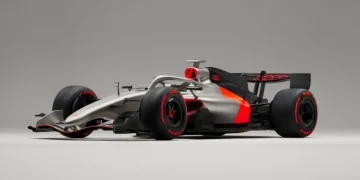
Audi used its Brand Experience Center in Munich to present the R26 Concept, offering a detailed preview of its Formula 1 entry 115 days before the company’s first race. The presentation set out the direction Audi plans to take as it enters motorsport’s most competitive arena. The company framed this step as a clear move toward a leaner and faster future, with Formula 1 positioned as a catalyst for organizational change. Audi CEO Gernot Döllner emphasized this point by stating that the brand seeks victories, while acknowledging the scale of the effort required to reach that level. By 2030, Audi plans to compete for the World Championship.
CARS
Audi placed its new brand identity at the front of the Formula 1 project. The R26 Concept serves as an early expression of the design approach that will define the brand’s first race car, scheduled for an unveiling in January. The design language follows four principles: clear, technical, intelligent and emotional. Audi Chief Creative Officer Massimo Frascella explained that the Formula 1 program will lead the wider adoption of this identity across the company. The R26 Concept uses geometric graphics and a palette of titanium, carbon black and a newly introduced shade of red. Audi will also use red rings in a selective way to strengthen the Formula 1 presence within its global identity.
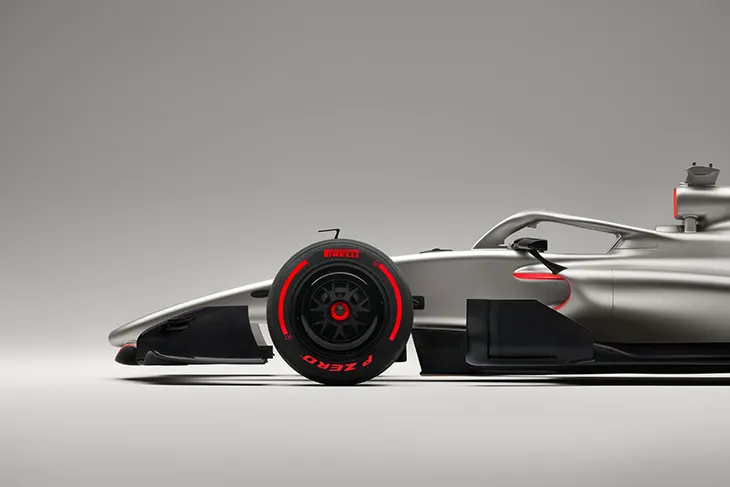

The company described Formula 1 as a strategic platform that aligns with Audi’s technological and cultural direction. Formula 1 operates with a cost cap that defines the financial framework, giving teams a controlled environment for development. The global reach of the series offers strong exposure, supported by a fan base of more than 820 million people and a yearly TV audience of around 1.6 billion. Audi enters the series with major partners, including adidas, bp and future title partner Revolut. Interest in supporting the team continues to grow.
Audi secured its position by acquiring the Sauber Group in Switzerland earlier this year. This move created the foundation to bring Qatar’s sovereign wealth fund into the project as an investor. The Formula 1 program is led by Mattia Binotto and Jonathan Wheatley, two experienced figures in the sport who report directly to Döllner. Audi selected Nico Hülkenberg and Gabriel Bortoleto as drivers, pairing experience with developing talent.
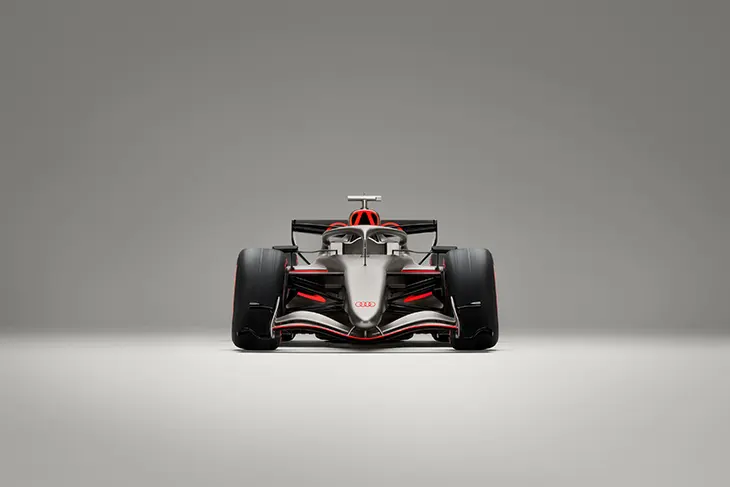
Jürgen Rittersberger, CFO of AUDI AG, described Formula 1 as a mix of entertainment, emotion and technology with strong commercial potential. He pointed to the cost cap, the expansion of sponsorship opportunities and the growth of younger audiences as reasons the project aligns with Audi’s goals.
Audi positioned the program as a continuation of its motorsport experience. The company cited its history with mid-engine projects, quattro technology, diesel and hybrid powertrains, and electric systems across rally, endurance racing, Formula E and Dakar. Formula 1 offers a fast development cycle, direct decision-making and access to new materials. The regulations promote electric mobility and sustainable fuels, both of which play central roles in Audi’s broader plans.
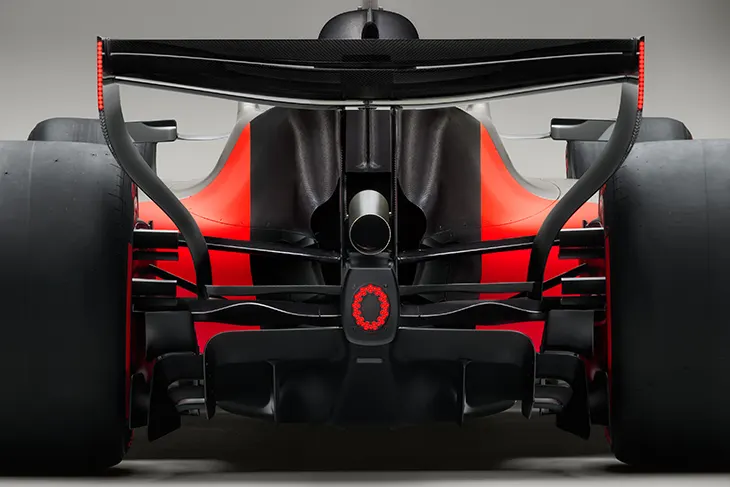
Audi began developing its Formula 1 power unit in Neuburg an der Donau in spring 2022. The unit includes a V6 engine with turbocharging, an energy recovery system, an electric motor and an electronic control unit. Neuburg also develops the gearbox. The new hybrid concept increases the output of the electric motor, placing it on the same level as the combustion engine. Audi has partnered with bp on sustainable fuels since 2022. The full powertrain ran as a single system in a race simulation two years after development began. The first units for on-track use will ship starting in December.
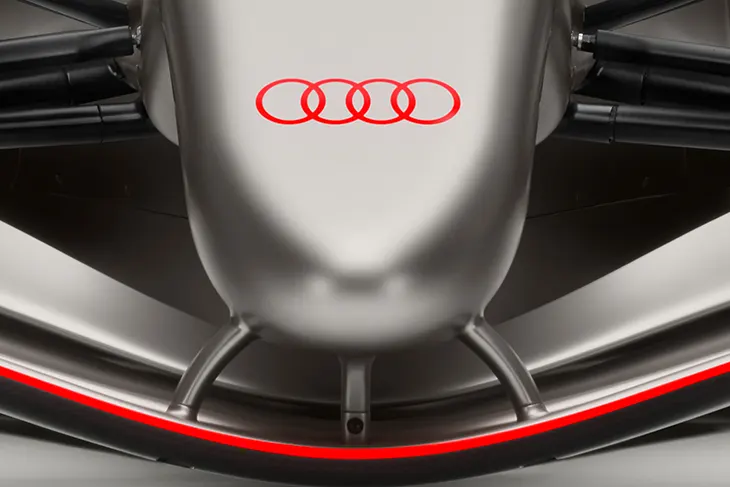
The race cars are built at the F1 Factory in Hinwil, which also manages race operations. A technology office in Bicester supports the program with additional expertise. Cooperation between these sites strengthens the integration of power unit and chassis.
Audi will appear publicly as a full Formula 1 team in January 2026. The first track tests will begin in Barcelona at the end of that month, followed by public testing in Bahrain in February. Audi will make its first race start in Melbourne from March 6 to 8.

